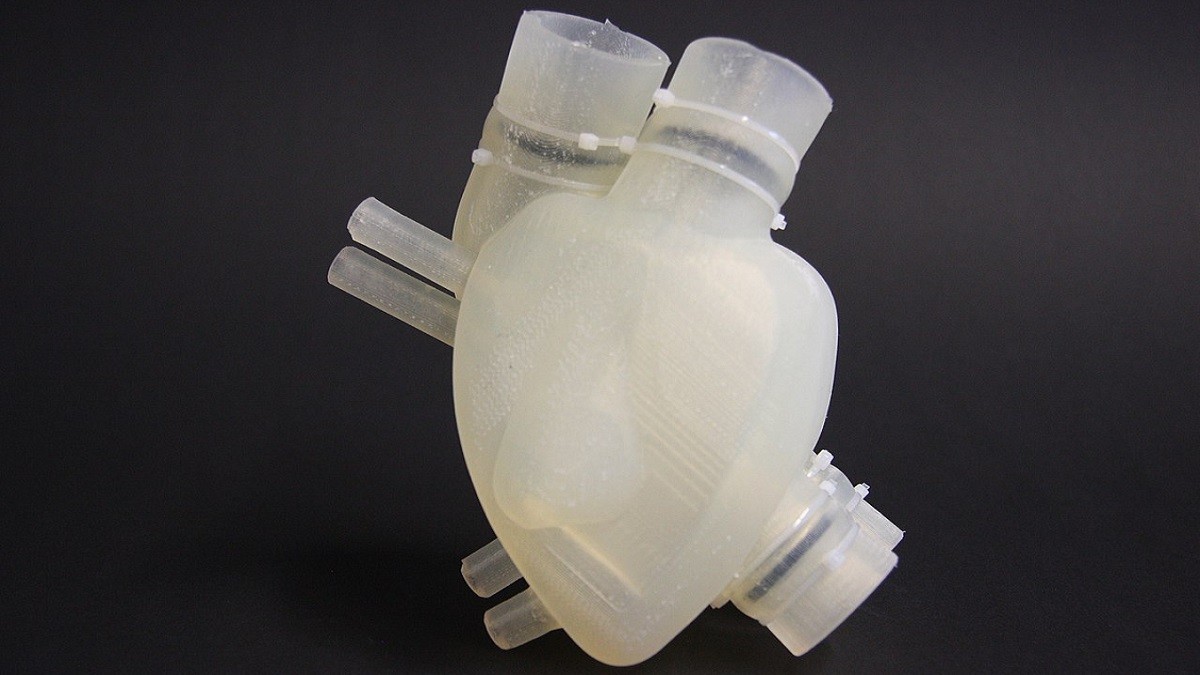Health
Duke Surgeons Successfully Implant First Artificial Heart in the US [Video]

- A 39-year-old North Carolina man has become the first US patient to undergo a successful artificial heart transplant.
- Matthew Moore suffered unexpected heart failure and was referred to the surgeons at Duke University.
- The artificial heart device offers a temporary life-saving bridge to patients while they wait for an actual heart transplant.
The surgeons of Duke University have made history as the first in the U.S. to successfully implant a new-generation artificial heart to a man suffering from heart failure.
CARMAT, a French company, developed the artificial heart device called the ‘Aeson’, which has been approved for use and sale in Europe.
The device, which operates on an external power supply, is an implantable prosthetic with biological valves made of cow tissue.
The company received U.S. FDA approval last year to start its tests. This will involve 10 patients with end-stage biventricular heart failure. The artificial heart offers a life-saving bridge for people who are still waiting for a heart donor.
Transplant surgeon Dr. Carmelo Milano, the principal investigator of the device study at Duke, stated, “We are encouraged that our patient is doing so well after the procedure Monday. As we evaluate this device, we are both excited and hopeful that patients who otherwise have few to no options could have a lifeline.”
The patient is 39-year-old Matthew Moore from North Carolina. He suffered sudden, unexpected heart failure in June and was referred to Duke. When he and his wife Rachel arrived at Duke, they were expecting a heart bypass surgery.
But as his condition quickly deteriorated, traditional options such as a transplant proved to be too risky.
Fortunately, Duke was one of three transplant centers that are involved in the artificial heart study, and its team has received specialized training to prepare for implant surgery.
Matthew’s wife, who is a nurse, expressed their gratitude for being able “to participate in something that has the potential to have an impact on so many lives. We are just taking it day-by-day and hope everything continues to progress well.”
The device offers hope for patients waiting for a donor. It would aid patients whose hearts require assistance to pump blood through both chambers. Currently, the available technology — a left-ventricular assist device (LVAD) — only supports one chamber.
Schroder, a transplant surgeon who led the implant procedure, remarked, “Because of the shortages of donor hearts, many patients die while waiting for a heart transplant. We are hopeful for new options to help these patients, many like Mr. Moore who have devastating disease and cannot otherwise be considered for a transplant.”
Source: Good News Network
